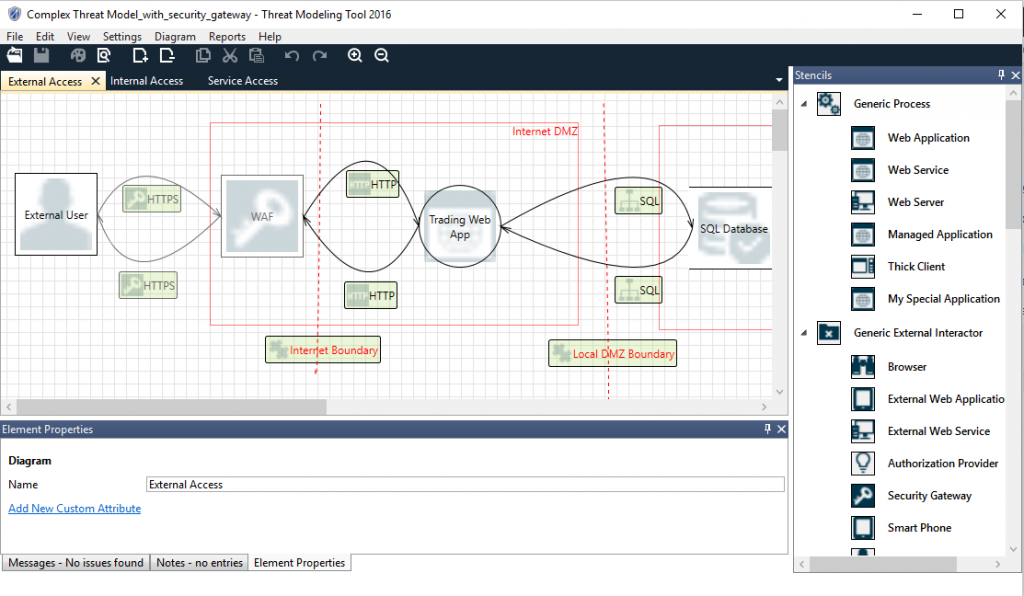

Mitigation capabilities generally refer to technology to protect, detect and respond to a certain type of threat, but can also refer to an organization’s security expertise and abilities, and their processes. For example, getting alerts when assets are added with or without authorized permission, which can potentially signal a threat. This inventory helps security teams track assets with known vulnerabilities.Ī real-time inventory enables security teams to gain visibility into asset changes. Teams need a real-time inventory of components and data in use, where those assets are located and what security measures are in use. It is used to enrich the understanding of possible threats and to inform responses. Threat intelligence information is often collected by security researchers and made accessible through public databases, proprietary solutions, or security communications outlets. This area includes information about types of threats, affected systems, detection mechanisms, tools and processes used to exploit vulnerabilities, and motivations of attackers. Failing to include one of these components can lead to incomplete models and can prevent threats from being properly addressed. When performing threat modeling, several processes and aspects should be included.

Threat modeling can also help development teams prioritize fixes to existing software, according to the severity and impact of anticipated threats.

This allows you to make an informed decision about whether a component is worth adopting. When adopting tools, threat modeling helps teams understand where security is lacking. It helps teams understand how tools and applications may be vulnerable in comparison to what protections are offered.
#Sdl threat modeling tool examples software#
Threat modeling is also important when adopting new software or creating software. If not, new threats may remain undefended leaving systems and data vulnerable. When done routinely, threat modeling can also help security teams ensure that protections are in line with evolving threats. This prioritization can be applied during planning, design, and implementation of security to ensure that solutions are as effective as possible. Threat modeling can help security teams prioritize threats, ensuring that resources and attention are distributed effectively. This involves understanding how threats may impact systems, classifying threats and applying the appropriate countermeasures. It involves identifying potential threats, and developing tests or procedures to detect and respond to those threats. Threat modeling is a proactive strategy for evaluating risks.


 0 kommentar(er)
0 kommentar(er)
